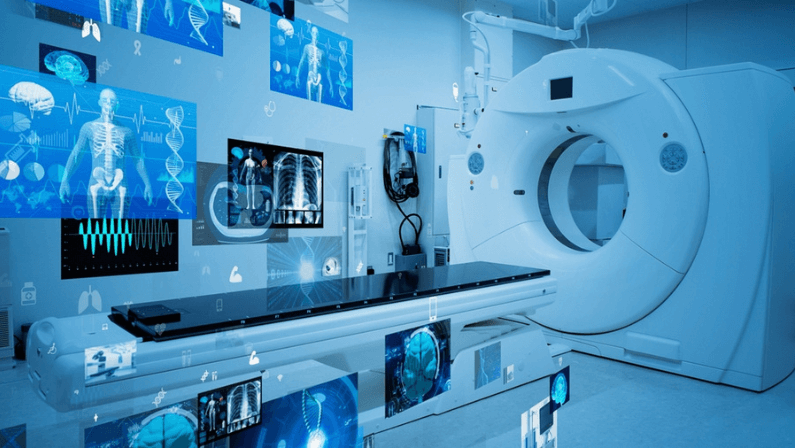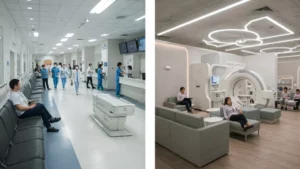In Houston’s bustling healthcare landscape, medical imaging is a crucial pillar, aiding in diagnostics and disease management. As technology advances, the city boasts cutting-edge facilities, such as One Step Diagnostic (a Houston imaging center), leading the way in providing top-notch medical imaging services.
What is Medical Imaging?
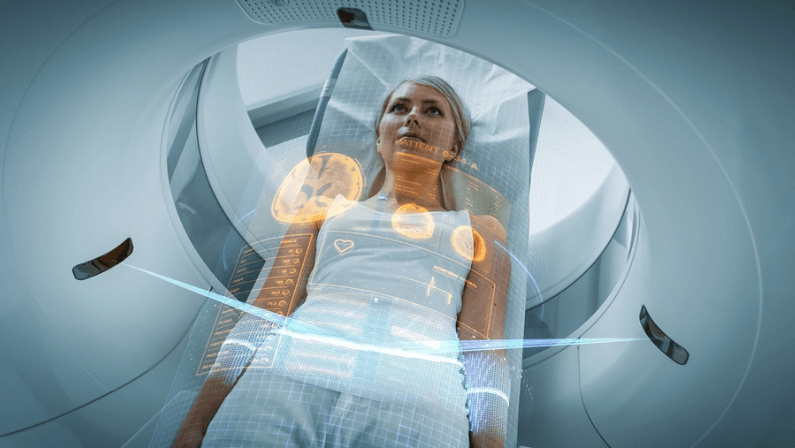
Medical imaging is a non-invasive technique that allows healthcare professionals to visualize the internal structures of the body. This powerful tool aids in the diagnosis and monitoring of various medical conditions, enabling precise and targeted treatment plans.
Common Types of Medical Imaging
Medical imaging serves as a transformative tool, allowing professionals to peer into the intricacies of the human body with remarkable precision. This list explores some of the common types of medical imaging, from the foundational X-rays to the advanced capabilities of Magnetic Resonance Imaging (MRI) and Computed Tomography (CT) scans, each playing a distinctive role in revolutionizing diagnostics and patient care.
X-rays
Utilizing electromagnetic radiation, X-rays are fundamental in capturing images of bones and detecting abnormalities in the skeletal system.
MRI (Magnetic Resonance Imaging)
Houston MRI & diagnostic imaging facilities utilize powerful magnets and radio waves to create detailed images of soft tissues, offering unparalleled insight into organs, joints, and the nervous system.
CT (Computed Tomography) Scan
CT scans provide cross-sectional images of the body, facilitating the diagnosis of internal injuries, tumors, and vascular abnormalities.
Ultrasound
Using sound waves, ultrasound imaging is non-invasive and particularly valuable in obstetrics, cardiology, and assessing abdominal organs.
Mammography
Focused on breast health, mammography plays a crucial role in the early detection of breast cancer, contributing significantly to successful outcomes.
Nuclear Medicine
This specialized field involves the administration of radioactive substances to diagnose and treat diseases, often focusing on the functionality of organs.
PET (Positron Emission Tomography) Scan
Combining molecular and functional imaging, PET scans provide detailed information about cellular activity, aiding in cancer diagnosis and treatment planning.
The Role of Medical Imaging in Diagnostics and Disease Management
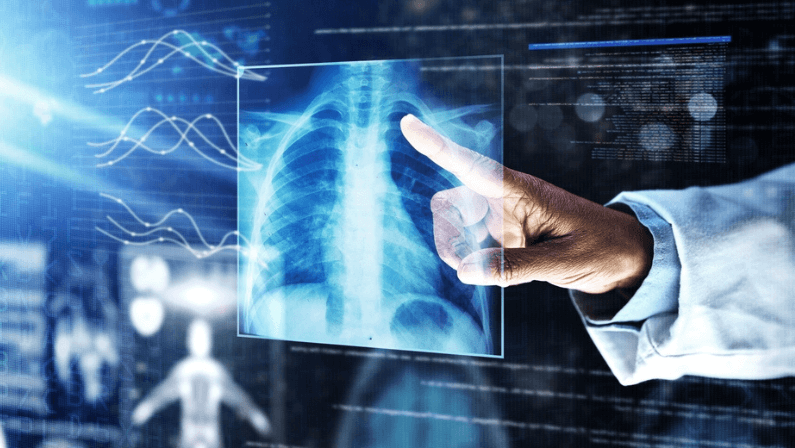
Medical imaging is indispensable in several critical matters of various conditions, including:
Early Detection
Medical imaging plays a pivotal role in detecting conditions at their nascent stages, allowing healthcare professionals to intervene early and initiate timely treatment.
Accurate Diagnosis
The detailed and precise images obtained through medical imaging techniques enable healthcare providers to diagnose conditions with a high degree of accuracy, reducing the margin of error in treatment planning.
Fracture Identification
X-rays are instrumental in identifying fractures and assessing the extent of bone injuries, facilitating prompt and appropriate orthopedic interventions.
Tumor Localization
Medical imaging, especially techniques like MRI and CT scans, aids in pinpointing the location and size of tumors, crucial for planning surgical procedures or implementing targeted therapies.
Treatment Planning
By providing a comprehensive view of internal structures, medical imaging guides healthcare professionals in formulating personalized and precise treatment plans tailored to the specific needs of each patient.
Monitoring Disease Progression
Medical imaging allows for ongoing monitoring of disease progression, enabling adjustments to treatment strategies as needed and ensuring that interventions remain effective over time.
Guidance for Minimally Invasive Procedures
Invasive procedures are often guided by medical imaging, reducing the need for extensive surgeries and promoting quicker recovery times for patients.
Vascular Assessment
Imaging techniques such as CT angiography and ultrasound are vital in assessing vascular conditions, aiding in the diagnosis and management of cardiovascular diseases.
Neurological Insights
Medical imaging, particularly MRI and CT scans, provides invaluable insights into the structure and function of the nervous system, aiding in the diagnosis and management of neurological disorders.
Monitoring Response to Treatment
Repeat imaging sessions allow healthcare professionals to monitor how patients respond to treatment, making adjustments as necessary to optimize outcomes and improve overall patient care.
Different Areas Where Medical Imaging is Used
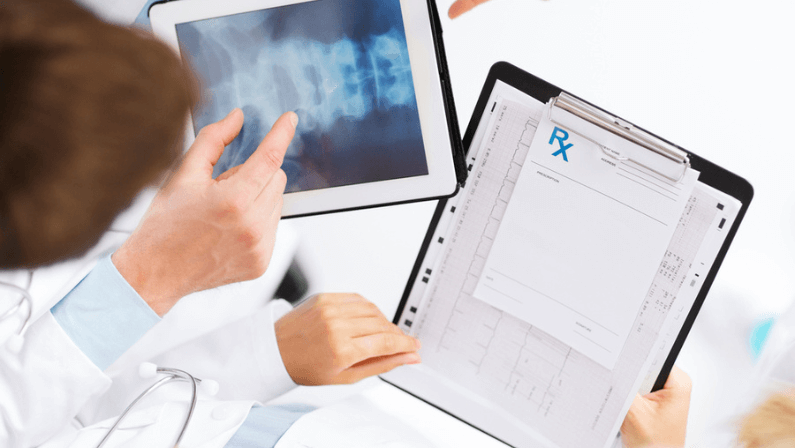
Medical imaging is applied across various medical disciplines, including cardiology, neurology, oncology, orthopedics, and more. From detecting heart conditions to assessing brain abnormalities, these techniques offer valuable insights into the intricate workings of the human body.
How To Choose the Right Medical Imaging Facility In Houston

Selecting the right Houston medical imaging facility is crucial for accurate diagnoses and a positive patient experience. This involves a thoughtful evaluation of multiple factors, such as:
1. Evaluate Equipment Quality
When choosing a medical imaging facility, assess the quality of their equipment. State-of-the-art technology ensures clearer and more accurate imaging, contributing to precise diagnoses.
2. Expertise of Staff
Ensure the facility has a team of skilled and experienced professionals. Qualified radiologists and technologists enhance the accuracy of interpretations and provide a higher level of patient care. One Step Diagnostic prides itself on its expert staff, whose extensive experience and dedication ensure patients receive top-notch care and accurate diagnostic interpretations.
3. Reputation of the Facility
Investigate the facility’s reputation in the healthcare community. Seek reviews, testimonials, and referrals to gauge the experiences of other patients, giving you insights into the facility’s reliability and quality of service.
4. Accreditations and Certifications
Look for accreditations and certifications from recognized healthcare organizations. Facilities adhering to industry standards often demonstrate a commitment to quality and patient safety.
5. Range of Services Offered
Consider the variety of services offered by the facility. Comprehensive services, including diverse imaging modalities, can be advantageous for patients requiring different types of diagnostic procedures.
6. Accessibility and Convenience
Assess the location and accessibility of the facility. A conveniently located medical imaging center can contribute to a more positive patient experience, especially for those requiring frequent visits.
7. Insurance Coverage
Check whether the facility accepts your health insurance. Understanding the financial aspects beforehand helps avoid unexpected costs and ensures a smoother administrative process.
8. Patient Comfort and Amenities
Evaluate the facility’s commitment to patient comfort. Consider amenities such as waiting areas, privacy provisions, and supportive staff, all of which contribute to a positive and stress-free experience.
9. Turnaround Time for Results
Inquire about the expected turnaround time for receiving results. A facility with efficient reporting systems ensures that healthcare providers can promptly address any concerns and initiate timely interventions.
10. Technology Integration
Ensure the facility integrates technology effectively into their processes. Electronic health records (EHRs) and digital communication channels enhance coordination between the imaging facility and other healthcare providers involved in patient care.
11. Patient Education and Communication
Look for facilities that prioritize patient education and communication. Clear explanations about procedures and results contribute to a more informed patient, fostering a collaborative approach to healthcare.
12. Emergency Services and Availability
Consider whether the facility provides emergency services or has flexible hours of operation. This can be crucial for patients requiring urgent diagnostic assessments or follow-ups.
Medical Imaging’s Part in Healthcare
In the complexity of healthcare, Houston’s medical imaging facilities play a pivotal role in ensuring accurate diagnoses and effective treatment plans. As technology continues to advance, the city remains at the forefront, providing residents with access to cutting-edge medical imaging services that contribute to improved health outcomes.
Choose wisely when seeking medical imaging services in Houston, as the right facility can make a significant difference in your healthcare journey. One Step Diagnostic stands out for its commitment to advanced technology, expert staff, and a patient-centric approach, offering comprehensive and efficient diagnostic services in the heart of Houston. Visit them today!

